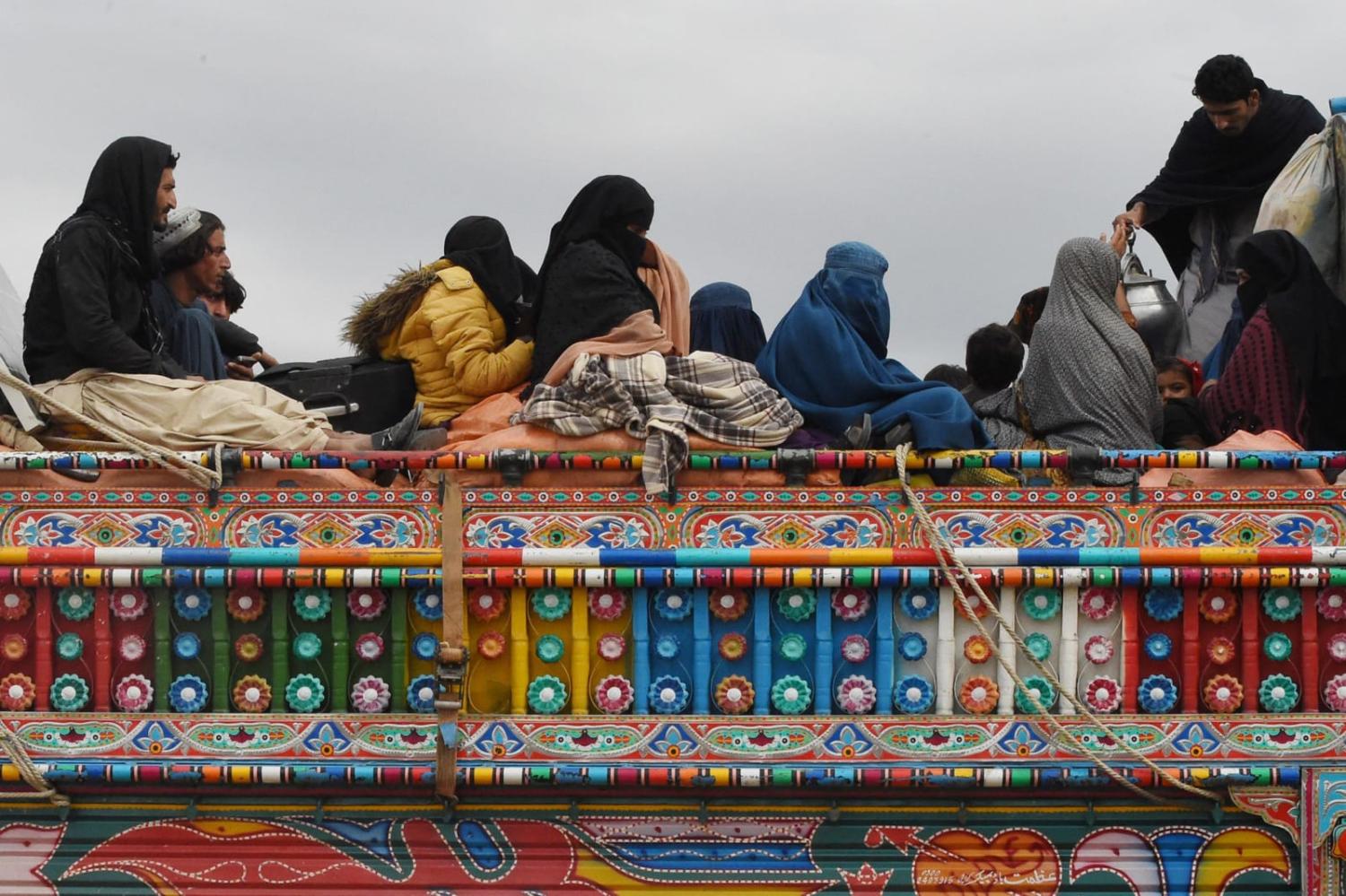The majority of Afghans who fled the Taliban takeover of Afghanistan in 2021 now reside in Pakistan (an estimated 600,000) and Iran (500,000), adding to the totals in both countries as hosts of the highest total number of Afghan refugees worldwide – 1.35 million in Pakistan and 780,000 in Iran. The living standards and treatment of these refugees are often very poor, facing discrimination and prejudice from authorities and difficulty accessing necessities such as employment, shelter and healthcare. And hanging over them is the constant threat of deportation.
Pakistan is currently undertaking a mass deportation of Afghans, ignoring repeated calls by the international community to reconsider the decision. Iran is also deporting Afghan refugees on a regular basis.
Other countries in the region are also hosting Afghans who have recently fled the Taliban, including Türkiye (300,000), Uzbekistan (13,000) and Tajikistan (10,000). The situation for Afghan refugees in these countries is equally challenging. They have restricted rights, receive minimal benefits, and have no clear path towards citizenship. They, too, face deportation, especially in Türkiye.
The Afghan political and business classes in these countries appear to live comfortably, but even some of those are now attempting to make their way to the United States and allied countries.
India currently hosts up to 13,000 Afghan students, but the country’s bureaucracy is struggling to cope. Brazil, a country with which Afghans have rarely interacted despite some knowing about the great Brazilian soccer team, extended a helping hand by providing thousands of humanitarian visas for Afghans. While some of those Afghans eventually ended up in the United States and Canada, there are still about 4,000 living in Brazil, even if not in ideal conditions.
The United States hosts close to 100,000 Afghan refugees, many of them evacuated on US military planes in 2021. US institutions and Americans have since been among the most gracious hosts for Afghans in the world. The European Union (41,000), Canada (40,000), United Kingdom (24,000) and Australia (6,000) have also received recently evacuated Afghans, and by-and-large treated them with a hospitality that Afghans themselves are renowned for. These countries have provided Afghans close to equal rights with their own citizens, including work permits, the right to open bank accounts, own houses and cars, start a business, travel without restrictions, and offer a clear path towards permanent residency and eventual citizenship. Although there are still challenges, Afghan refugees have received humane treatment in these countries.
So, with such varied conditions for refugees and little chance of returning home, what more can be done?
First, the international community should provide additional financial assistance and other incentives to countries that are having difficulty hosting Afghan refugees. Pakistan should top that list so as to stop its mass deportation of Afghan refugees in the weeks running up to winter.
Second, host countries should prioritise help for Afghan refugees to establish safe and sustainable ways to settle and rebuild their lives. This includes promoting education and job training. There is little prospect of the Taliban creating political and security conditions at home that would see a mass return, so condemning refugees to a life in limbo will only add to local and regional instability.
Third, the people remaining in Afghanistan under the heel of the Taliban should not be forgotten, lest more refugees join those already abroad. The international community should intensify its work on protecting the rights of Afghan women and girls. International actors can collectively hold the Taliban accountable for its human rights abuses in this area.
Afghan refugees around the world are hopeful of a political solution to the crisis that will protect the rights of all Afghans, including women and girls, and prevent further displacement of their people. Afghan refugees are unhappy with the slow progress of evacuations and resettlement of those at risk. While the world is still figuring out the politics, policymakers in the region and beyond must prioritise the needs of Afghan refugees in their respective countries and find smart ways to assist those still at risk.

